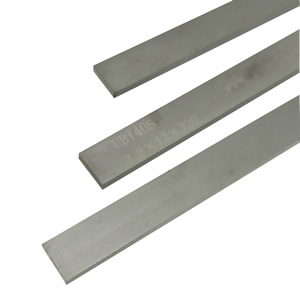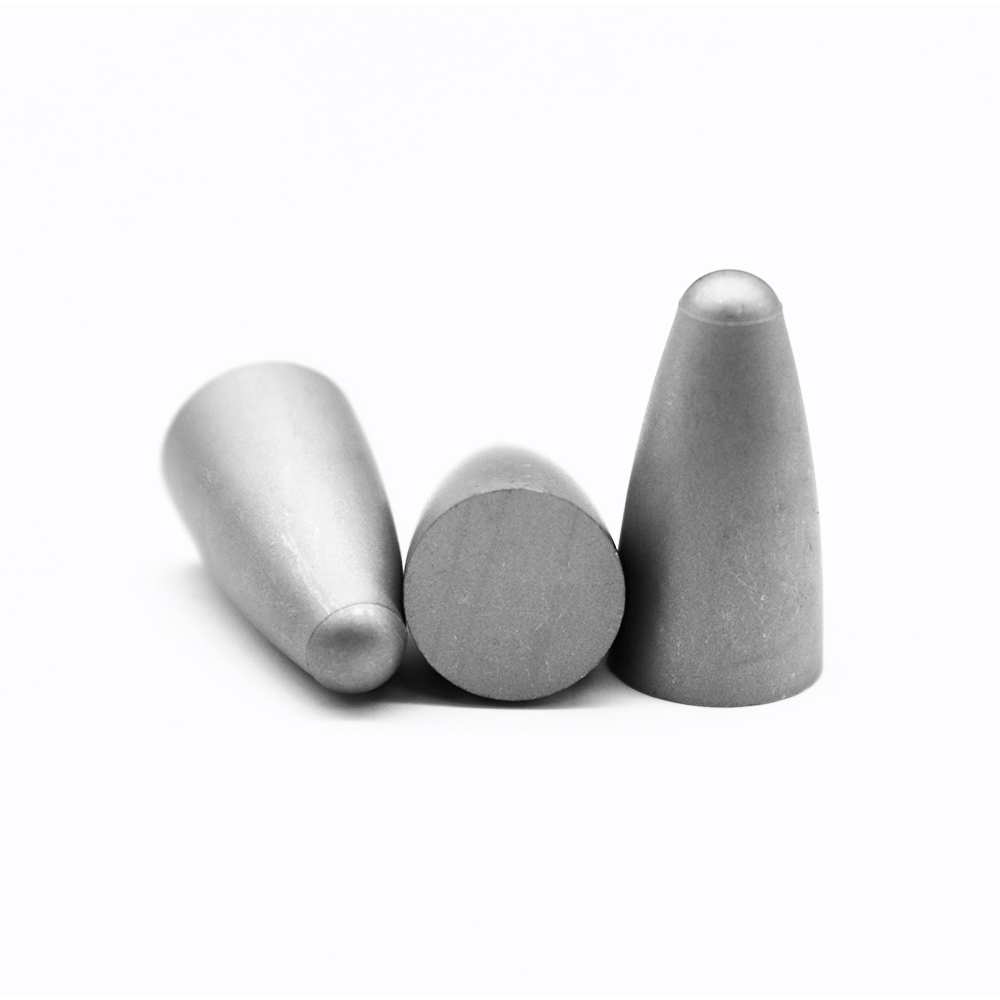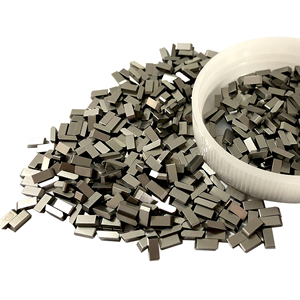Carbide Tools: Classification, History, & Advantages
Carbide Tools: Classification, History, & Advantages

Carbide tools and inserts have been the most widely used tools in mechanical engineering over the past few decades. But have you ever wondered what carbide is and why carbide tools have become so popular?
Tungsten carbide, commonly known as carbide these days, is a compound of carbon, and tungsten has revolutionized the machine tool industry over the past decades, providing increased cutting speeds and feed rates with longer tool life compared to their traditional counterparts.
Classification of carbide tools
Carbide tools are divided into three main classes:
Degree of wear: Mainly used in dies, machine tools, and guide tools, as well as daily use items such as fishing rods, reels, and anywhere good wear resistance is required.
IMPACT Grade: especially used in the processes of molding and stamping, mining drill bits, and dies.
CUTTING TOOLS Grade: Cemented carbide tool grades are further subdivided into two parts according to their main application: cast iron carbide and steel carbide. Iron carbides are used to cut cast iron, which is a non-ductile material, while steel carbides are used to cut ductile steel material. Cast iron carbides are more resistant to abrasive wear. Steel carbides require greater resistance to cratering and heat.
History
A scientist in the Lamp Division of the General Electric Company named Dr. Samuel Leslie Hoyt was the first to investigate tungsten carbide as a cutting tool material. Later, Dr. Samuel Leslie Hoyt went on to develop carboy, an alloy of tungsten, carbide, and cobalt.
Benefits of Carbide Tools
1. Carbide tools can run at higher speeds than HSS tools, about 6 to 8 times faster.
2. Young's modulus of carbide tools is 3 times that of steel, making them tough.
3. Machine tools for machining blanks/parts using carbide tools provide a high-quality surface finish.
4. Carbide tools have exceptional abrasion resistance.
5. They are highly resistant to catering and thermal deformation.
6. Carbide tools have high wear resistance, allowing the user to use the tool at higher speeds and longer than other materials such as high-speed steel.
7. Carbide tools provide better value for money than their steel counterparts.
8. Carbide tools can process hardened steel.
9. Carbide tools are chemically inert.
10. The torsional strength of carbide tools is twice that of HSS tools.
11. Carbide-tipped tool tips can be easily replaced for future use.
If you are interested in tungsten carbide products and want more information and details, you can CONTACT US by phone or mail at the left, or SEND US MAIL at the bottom of the page.





















